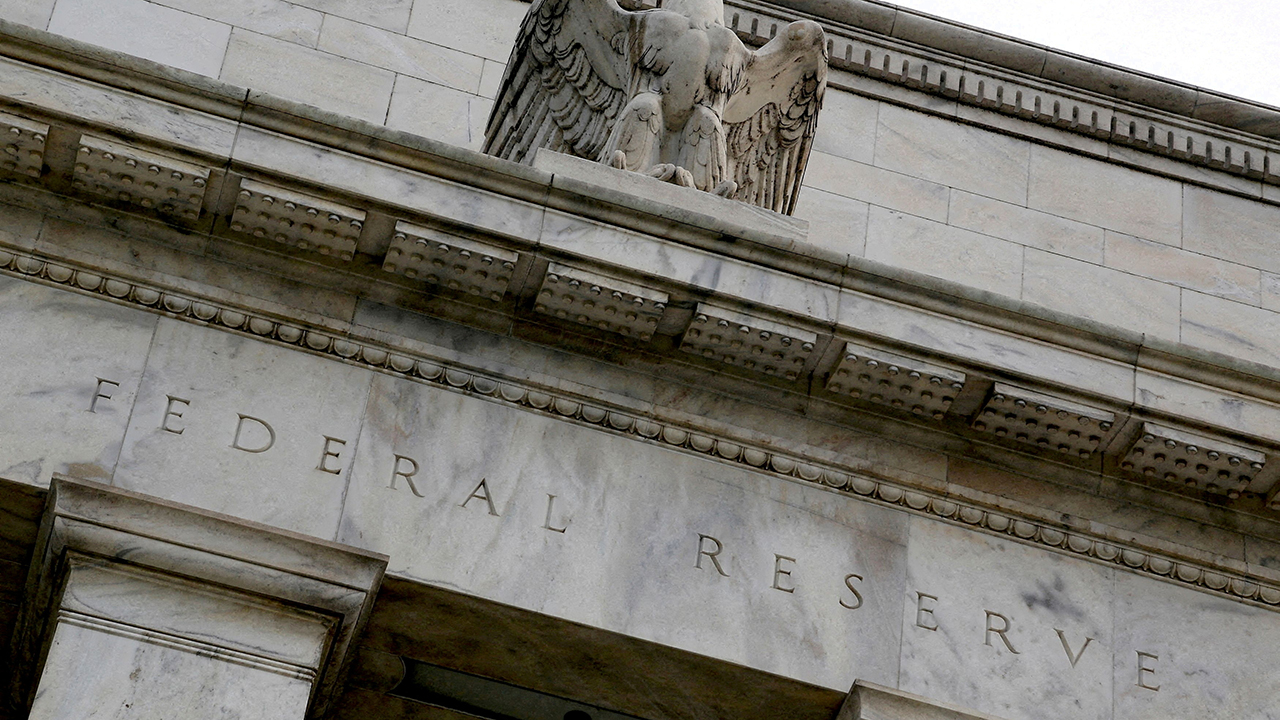Big US banks to face Fed's annual stress tests this week
The results help banks with capital planning and decide how much they can return to shareholders in dividends or buybacks
Big U.S. lenders will see if they made the grade this week as the Federal Reserve reports the results of its annual "stress tests."
Despite this past Spring's turmoil in the sector, the institutions are expected to show they have ample capital to weather any fresh trouble.
Although investor payouts are likely to dip slightly, analysts said.
The central bank on Wednesday will release the results of its bank health checks which assess how much capital banks would need to withstand a severe economic downturn.
FED EXPLORING WAYS TO SPEED UP BANK OVERSIGHT, STRENGTHEN STRESS TESTS
Big U.S. lenders will see if they made the grade this week as the Federal Reserve reports the results of its annual "stress tests." (REUTERS/File Photo)
The results help decide a banks' capital planning, dictating how much cash they can return to shareholders via dividends and share buybacks.
The Fed instituted the annual exercise following the 2007-2009 financial crisis.
| Ticker | Security | Last | Change | Change % |
|---|---|---|---|---|
| C | CITIGROUP INC. | 73.24 | -1.23 | -1.65% |
| BAC | BANK OF AMERICA CORP. | 42.82 | -0.46 | -1.06% |
| JPM | JPMORGAN CHASE & CO. | 251.05 | -0.10 | -0.04% |
This year's tests come after the recent banking crisis in which Silicon Valley Bank and two other lenders failed.
FED WARNS TIGHTER CREDIT CONDITIONS COULD SLOW US GROWTH
The central bank will release the results of its bank health checks on Wednesday, which assesses how much capital banks would need to withstand a severe economic downturn. (Yasin Ozturk/Anadolu Agency via Getty Images / Getty Images)
Wall Street lenders including Citigroup Inc, Bank of America , JPMorgan Chase, Goldman Sachs Group, Wells Fargo, and Morgan Stanley usually attract the most attention.
Also in focus will be smaller lenders including Capital One, U.S. Bancorp, and Citizens.
| Ticker | Security | Last | Change | Change % |
|---|---|---|---|---|
| GS | THE GOLDMAN SACHS GROUP INC. | 573.92 | -12.02 | -2.05% |
| MS | MORGAN STANLEY | 122.20 | -3.00 | -2.40% |
| WFC | WELLS FARGO & CO. | 73.47 | -0.77 | -1.04% |
SVB CUSTOMERS WHO LOST DEPOSITS UNDER PRESSURE TO REPAY LOANS
Banks will be scrutinized a little tougher this year, but analysts and executives expect the 23 lenders being tested will show capital in excess of regulatory minimums.


